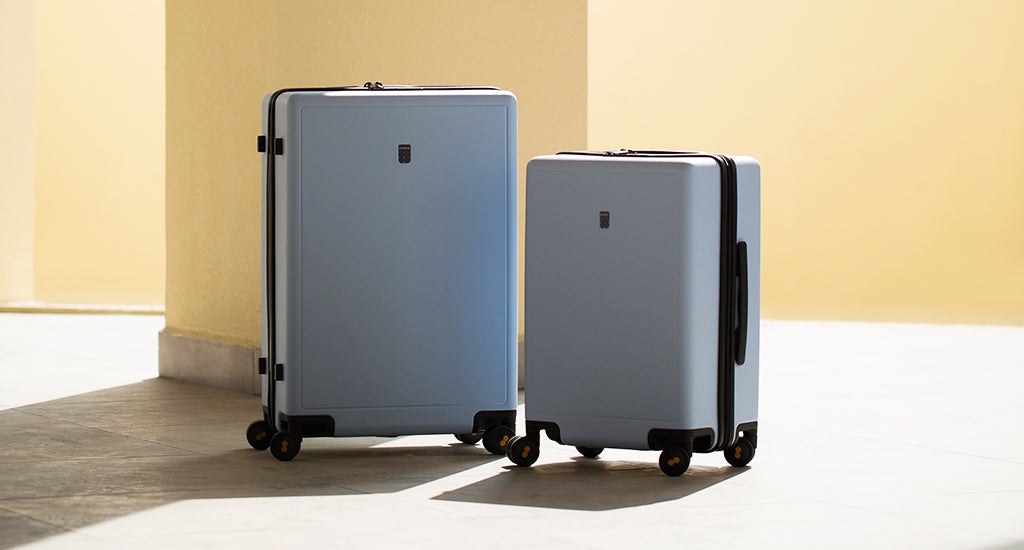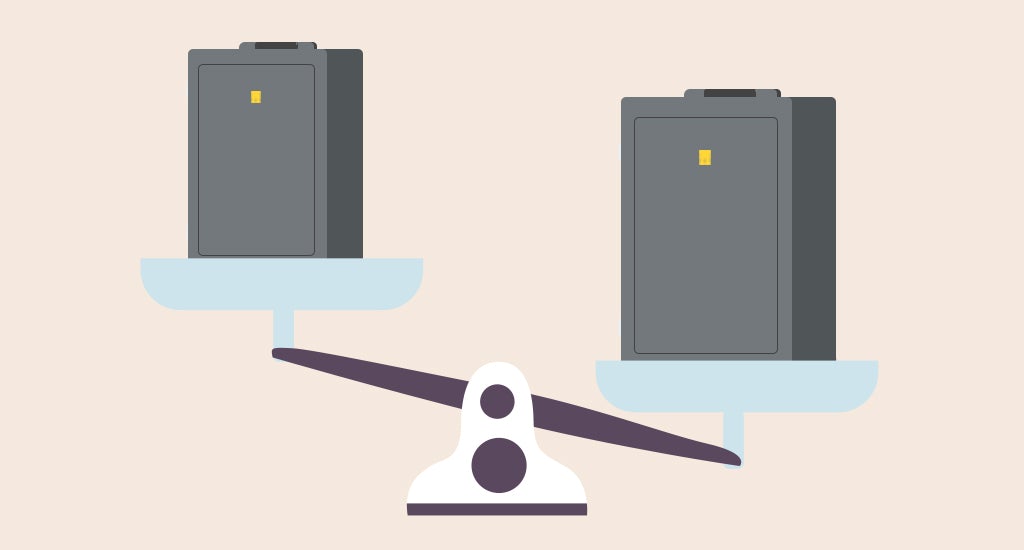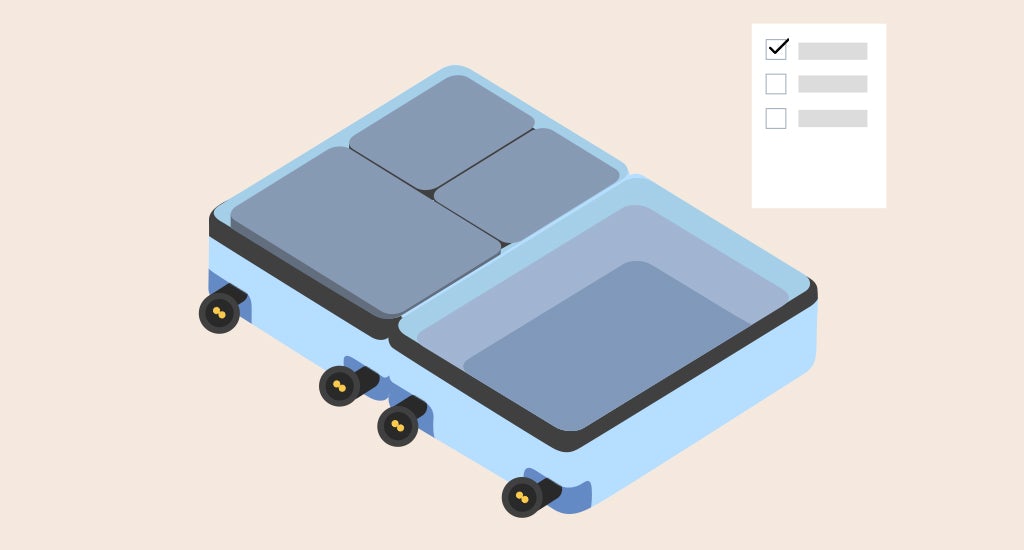Traveling with an airline has a lot of different aspects that require planning and paying attention to detail—one of which is how to pack luggage.
Not all luggage is the same. For this, you must pack items according to their size, weight, or function. Moreover, airlines ensure that all baggage is stored correctly so that every passenger is comfortable and, most importantly, safe.
When traveling by plane, there are two main luggage options: carry-on or check-in. It is always possible to utilize both; many travelers take advantage of both for more storage.
A carry-on bag is a luggage that airplane passengers can take and store with them during the flight. Checked-in luggage is baggage stored in the cargo section of the plane, away from the passengers.
Between carry-ons and checked luggage, there are some differences. You may want to review these differences before you start packing for your next flight.

Size
Size is a significant difference between carry-on and checked luggage. For the sake of safety, planes have a size limit on bags that passengers bring along with them on the flight. Additionally, planes typically have storage containers above the seats. All luggage on the flight must fit into these compartments. Otherwise, there is no space to keep the luggage.
You should make note that the size limit for carry-on bags differs between airlines. Some have planes with larger storage, and others have very limited space. It is crucial to look up your airline’s carry-on size limit before packing. However, the differences between size limits are usually within inches.
Including wheels and handles, the maximum dimensions for a carry-on bag should be about nine inches by 14 inches by 22 inches or 22 centimeters by 35 centimeters by 56 centimeters. However, this can change depending on the airline.
A checked bag, of course, is different. This type of luggage can be larger than carry-ons since they are not stored in the seating area of the plane. The maximum dimensions for checked baggage also vary by airline. For a rough estimate, the biggest a checked bag can be is about 14 inches by 21 inches by 27 inches or 35 centimeters by 53 centimeters by 68 centimeters.

Weight
There are also differences between the weights of each luggage type. Carry-ons, based on their size restrictions, are lighter than checked bags. Again, the weight limit depends on the airline. It would help if you were sure to find the weight limits on luggage before packing.
Generally, carry-on bags can be up to 22 pounds or about 10 kilograms. A checked bag has more freedom and can weight up to approximately 50 pounds, or 22 kilograms.

Function
Size and weight play a factor in separating the characteristics between carry-ons and checked luggage. This means that there are different uses for both.
In your carry-on, you should pack important items, such as travel documents, medicine, and things of significant value. Passengers should be warned that there is always a possibility the airline loses your checked luggage. With carry-ons, your items stay with you the entire flight.

To get the latest updates on luggage & backpacks visit our blog and follow us on Instagram, Facebook, Twitter, Pinterest and subscribe to our YouTube channel.
Junyuan BagsTen articles before and after
Summer Travel in 2020 Amid the COVID-19 Pandemic – JUNYUAN | Professional Bag Manufacturer
Costa Rica: Let's Have a Unique Travel Experience – JUNYUAN | Professional Bag Manufacturer
FALL TRAVEL Recommendation: Canada – JUNYUAN | Professional Bag Manufacturer
Travel to Golden Japan in Fall – JUNYUAN | Professional Bag Manufacturer
7 Reasons To Buy A Laptop Backpack – Junyuan Bags | Professional Bag Manufacturer
5 Ways You Gamble With Luggage and Usually Lose – JUNYUAN | Professional Bag Manufacturer
How to choose a suitable trolley case-wheels – JUNYUAN | Professional Bag Manufacturer
Why Should You Choose Hard-Sided Metal Luggage from JUNYUAN | Professional Bag Manufacturer




 Mobile/What's App/Wechat
Mobile/What's App/Wechat E-Mail
E-Mail ADD
ADD




